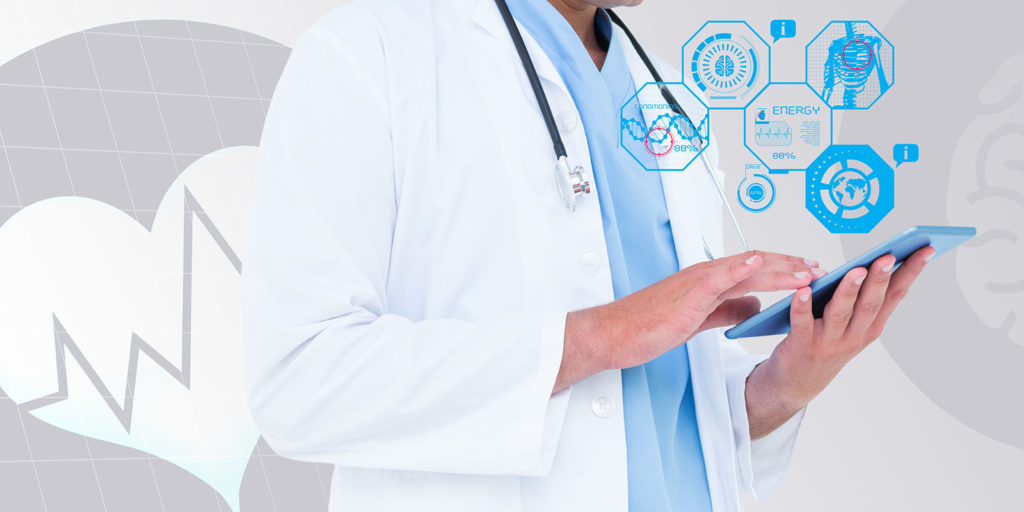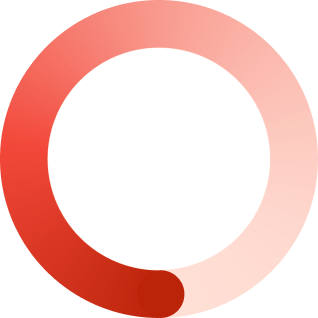The healthcare industry is facing a variety of challenges —from increasing costs and an ageing population to the demand for fast and personalised healthcare. Especially during the current COVID-19 pandemic. However, these challenges have also opened the door for the development of healthcare IoT solutions (i.e., connected medical devices). This is evident when considering the 2020 Statista report, Total global medical technology revenue from 2011 to 2024. According to this report, by 2024, “the total medical technology revenue globally is expected to be nearly 600 billion U.S. dollars.” For this reason, and also because of the scope, innovation and accuracy, medical devices are increasingly being built around technology. One thing is clear: Technology is rapidly transforming how we interact with medical devices. We explore 5 ways in which connected medical devices are disrupting the healthcare landscape:
- On-demand healthcare services
- The ability to predict failure
- Automated treatment devices
- The ability to minimise errors and control waste
- Accelerate business growth with IoT solutions
In addition, medical practitioners also appreciate the consistency and efficiency linked to introducing technology in medical devices – from wearable heart rate monitors to painless brain activity monitors. The MedTech landscape broadens every year.
1. On-demand healthcare services
On-demand healthcare services have disrupted the healthcare landscape in the past few years. The current pandemic has further emphasised the need for on-demand healthcare. For example, the traditional way of booking a doctor’s appointment has seen stiff competition from virtual-driven healthcare services and bookings. In addition to the pandemic-driven need, the convenience and flexibility of such services to both patients and service providers, support the use of on-demand medical devices and services. A primary example of transformation in the healthcare industry and the success that can be achieved can be seen by Doctors on Demand and American Well. The latter two services connect patients with doctors, facilitate virtual patient consultations in the form of video chats and offer the option to easily share online prescriptions. This can dramatically reduce costs and the need for real-time assistance where it may not necessarily be required, especially during the current pandemic.
2. The ability to predict failure
One of the key features of connected medical devices is its ability to predict potential device failures before it becomes life-threatening. For example, if a heart pump manufacturer changed the type of lubricant used in the pump bearings, even though the product is the same, it may still cause an issue. However, with a connected medical device, both the physician and the manufacturer receive a notification in the event of an issue in order to replace the pump before it fails. This would save the lives of patients who are using the pumps with the new lubricant.
3. Automated treatment devices
Automated treatment devices improve chronic patients’ quality of life while simultaneously assisting healthcare practitioners to control and monitor medication adherence. An example of a successful IoT application for automated treatment is Philips’s medication dispensing service for elderly people. The device alerts patients when it’s time to take their medication and dispenses pre-filled cups containing the medication.
4. The ability to minimise errors and control waste
Using healthcare IoT solutions to collect data and automate workflows is a superb way to cut down on unnecessary tests and expensive imaging, reduce system costs, and minimise human errors.
5. Accelerate business growth with IoT solutions
Finally, the real value of healthcare IoT solutions reaches far beyond the connected device itself – connected medical devices are just the foundation. The business value and subsequent business growth come from the ability of these devices to collect and analyse massive amounts of data, often in real time, resulting in improved decision making and customer experience.
Connected medical devices offer several benefits such as automated emergency notifications, remote monitoring, early diagnosis, virtual consultations, lowered healthcare costs, compliant authorisations processes, intelligent data collection and most importantly improved patient outcomes. Overall connected medical devices are a beneficial tool to improve patient health and more often than not, the benefits outweigh the risks.





